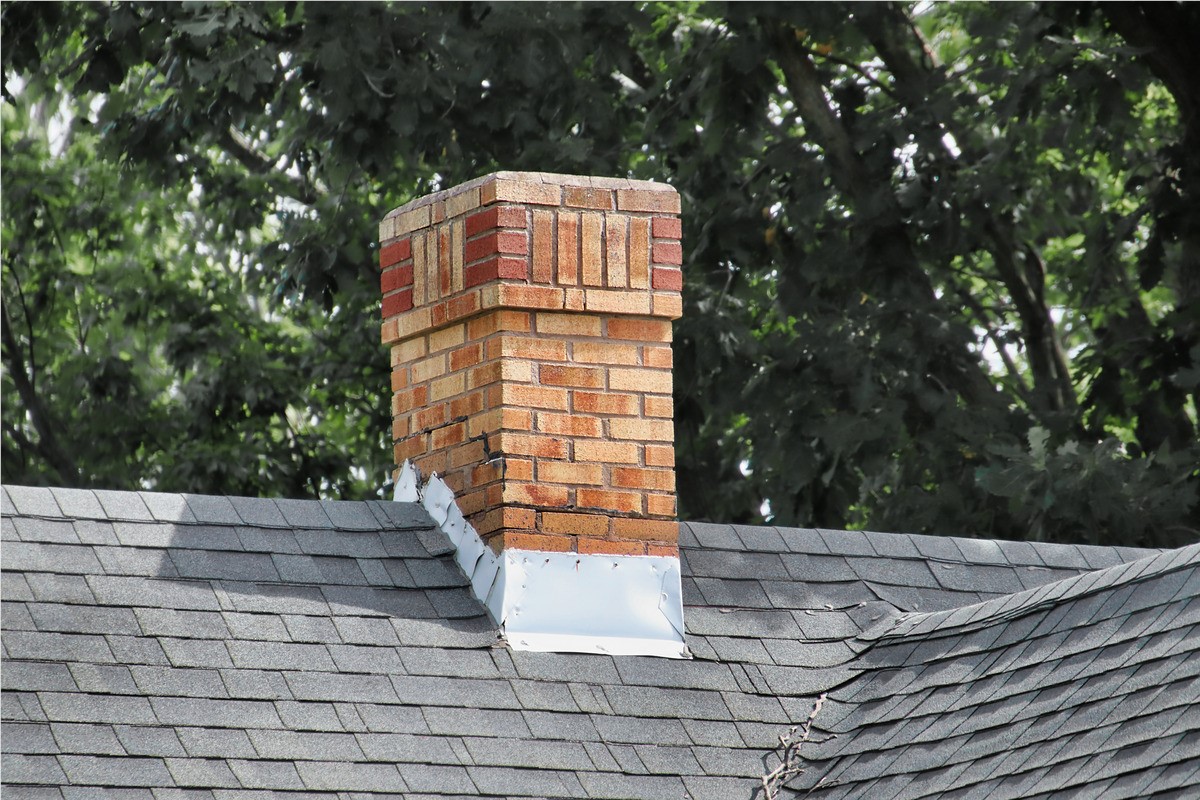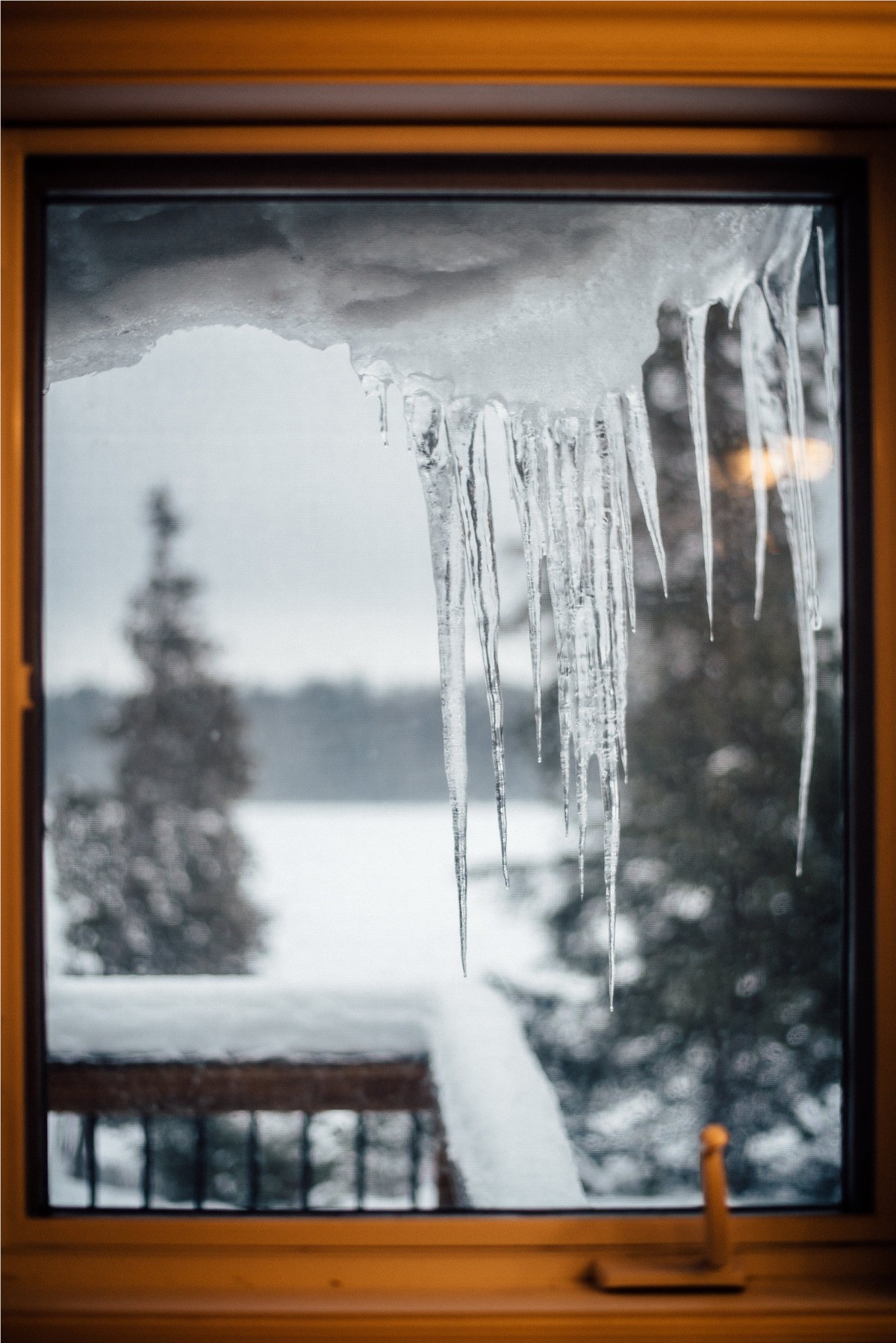When shopping around for a new roof many homeowners can quickly become overwhelmed and paralyzed by the sheer number of options, styles, and types of roof available. Having some trouble, or just looking for a concise explanation of common roofing terms? The experts at Shanco have you covered! Whether you’re shopping for a replacement roof, or looking for a roof to complete some new home construction, you’ll find this guide handy.
Roof Style Basics
- Gable style roofs – Gable roofs are classic and simple, featuring two equal-sized sloping sides and gables (triangular extensions) on either end. There are a few variations of this style, including intersecting gable, box gable, and more uniquely shaped gable roofs.
- Flat roofs – You usually see flat roofs on commercial buildings, but homeowners have been turning to this simplistic and only slightly pitched roof style lately, especially those looking to have a rooftop garden or greenhouse!
- Shed style roofs – Also called a “skillion” roof, shed roofs feature only a single, sharply sloped roof section. Previously they were used in outbuildings, but are now seeing a lot of modern application with metal roofing on contemporary and tiny homes.
- Hip style roofs – Very similar to a standard gable roof but sloping on all four sides rather than two, hip roofs tend to have a gentler pitch and can offer options in shape and overall visual diversity.
- Gambrel or “barn” style roofs – Gambrel roofs typically have 4 slope sections, or two pairs. You tend to see them on countryside barns (hence the name), but many homeowners choose gambrel roofs because they allow for large, luxurious finished attic spaces.
- Dormer roofs – While not strictly a “roof style”, dormers are instead a roofed structure that projects out from a roof. You likely see these all the time in older and modern homes, as they add nice space to include a window for added natural light and make ideal sitting areas.
Aside from these basic roof style types there are many variations as well as combinations. Due to material diversity and new roofing techniques, your options are nearly limitless! But hopefully after reading you have a bit clearer of an idea on what might suit your preferences and home best.
Roof Material Basics
Material plays just as important a role as the roof style itself. Each material has certain pros and cons, and every option is also quite unique in appearance. Most common materials used today include:
- Asphalt shingle roof – The typical standard for United States homes, asphalt shingle is cost-efficient and features a fairly long lifespan.
- Tile roof – Tile roofs use terracotta, slate, and polycarbonates to add a considerable amount of longevity and durability. Available in a wide range of colors and design types, many homeowners love their tile roofs for years.
- Cedar shake roof – Cedar shake offers a very rustic appearance with its rough-hewn split cedar shingles appearance. Cedar shake roofs are long-lived and have natural resistance to many weather types.
- Slate roof – Slate offers a very high resistance to impact and weather both, and is often chosen for homes looking for a more sophisticated look.
- Steel roof – Metal roofs using steel and standing-seam styles are becoming increasingly popular because of their energy-efficiency benefits in conjunction with excellent resilience.
- Copper roof – Though most certainly the largest initial investment of the bunch, copper outlasts most roofing materials by decades and is a great option for a homeowner looking for something really unique.
Looking for expert roofing contractors in the MD, VA, or DC areas? The certified roofing contractors at Shanco are here to help! Contact us online for a consultation and we can make certain you get a roof you’ll love.
Tags
Subscribe to Shanco's Blog





Comments